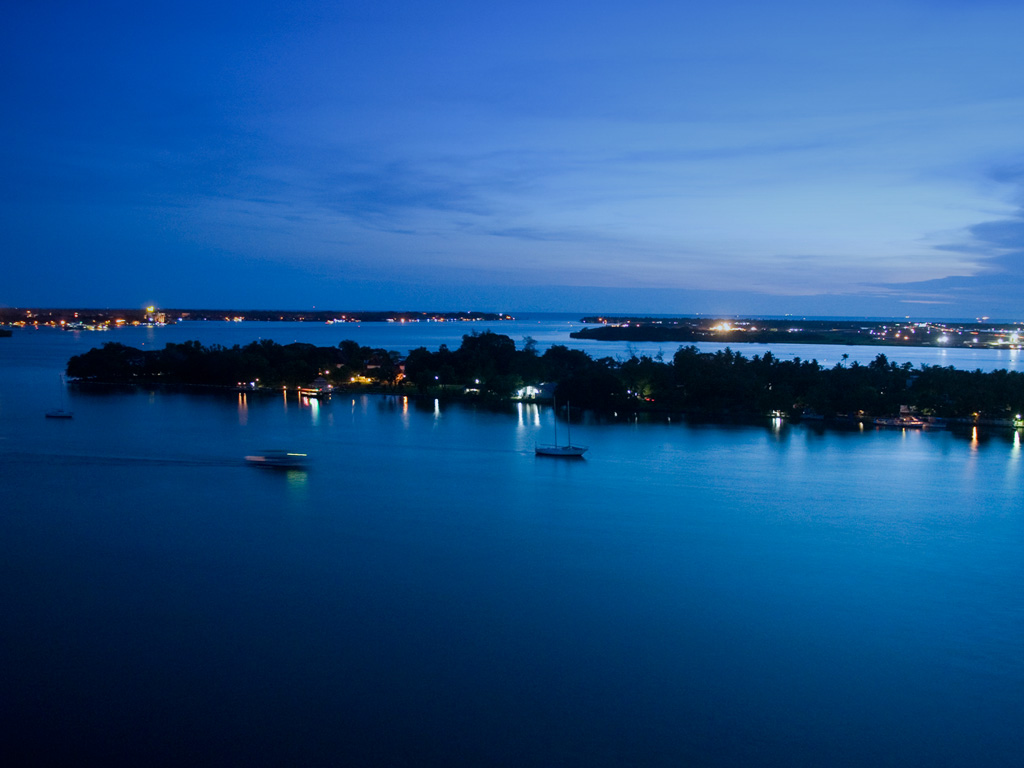Maritime Museum
Step into the Maritime Museum, located within the premises of the INS Dronacharya, the Navy’s gunnery and missile school in Fort Kochi, and you will find that the structure itself is a museum piece. Set up in two fortified ammunition bunkers built before World War II, the museum evokes wonder and admiration.
What’s in it?The museum was established in 2001 with the aim of creating awareness of our maritime history. One bunker portrays the maritime history of Kerala while the other deals with the history and evolution of the Indian Navy.
The history is unraveled before you at the museum not only through the models, artefacts or the naval ceremonial symbols and dresses. The paintings and frescos too contribute to make the display comprehensive and highly informative.
The models and pictures on display at the museum can help one trace India’s maritime history since the time of the Indus Valley civilization. The topics covered include, among others, trade links with the Arab, the Portuguese and the Dutch, phases in Indian maritime history with details of ancient and modern sea routes, ports in India and the emergence of Cochin Port.
One prominent exhibit is a detailed map of the route taken by Westerners to reach our coasts is. Another is an oil painting of San Gabriel, the flagship of Vasco Da Gama in which he sailed to Beypore harbour in 1498. Also on display are models of the great Portuguese explorer and Kunjali Marakkar, our legendary sea warrior, who fought against the Portuguese Navy, and of the uru, the dhow-boat that used to be built by the Khalasis of Beypore in Kozhikode district. Literature on ship-building carried out in other parts of the country is also given in another section.
The evolution, growth and exploits of the Indian Navy are also chronologically described in the museum. We get to know that the Indian Navy has a history that dates back to 1612, when Indian Marine was set up in Surat. Details on ship building activities in India too can be obtained from the museum. We will be reminded of the Goa liberation and the related struggles when we encounter with a life buoy of Albuquerque, the Portuguese warship which was forced to anchor on the shore by the Indians, in the museum. There is a section called `Navy In Action’ which depicts the naval forces’ contributions during the post Independence period, like the Indo Pak conflicts of 1965 and 1971, Goa Liberation, Kargil War etc.
Among the display of flags, rank badges and the naval regalia is a memento presented to the Indian Naval offices by their Pakistani counterparts during Partition. It carries the inscription ‘Goodbye and Good Luck’.
A brass muzzle loading cannon used by ships before 18th century and an anchor which is more than a century old are some other interesting pieces which never escape your attention.
Outdoor exhibitsThe well-maintained lawn of the museum also has war memorabilia exhibits on display. They include huge missiles, radars, depth charges, mines, guns used in warships and so on. Models of warships and anti-aircraft guns that were used by the British are also exhibited. Torpedoes, rocket launchers and mine sweepers are some of the other museum pieces.


 Loafer's corner / Princess Street
Loafer's corner / Princess Street